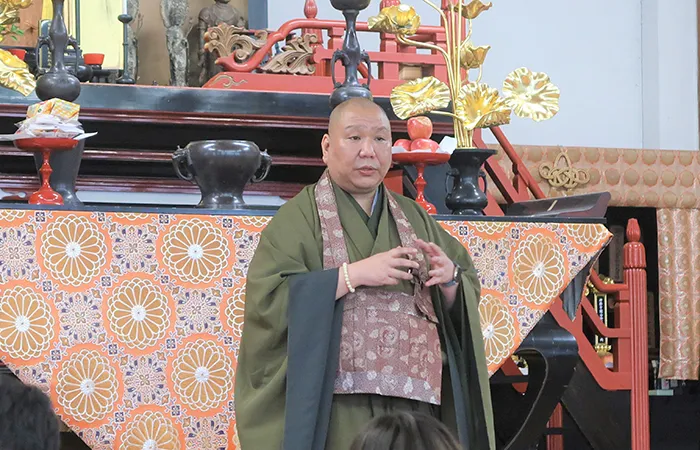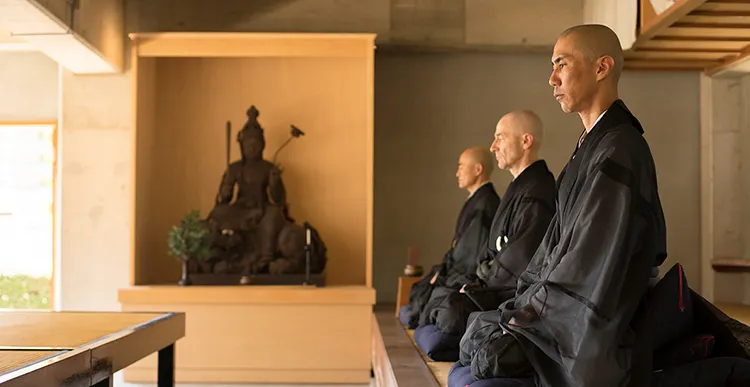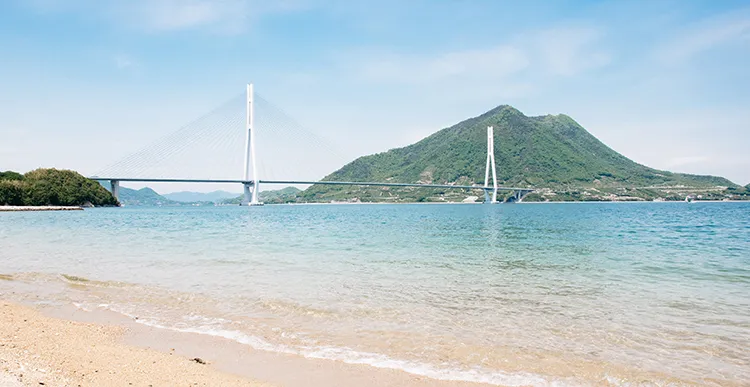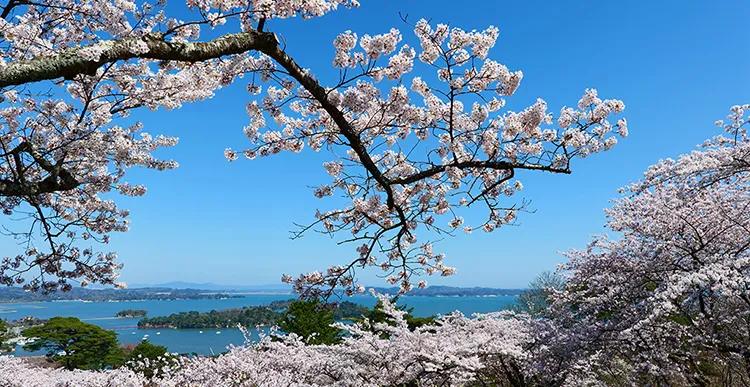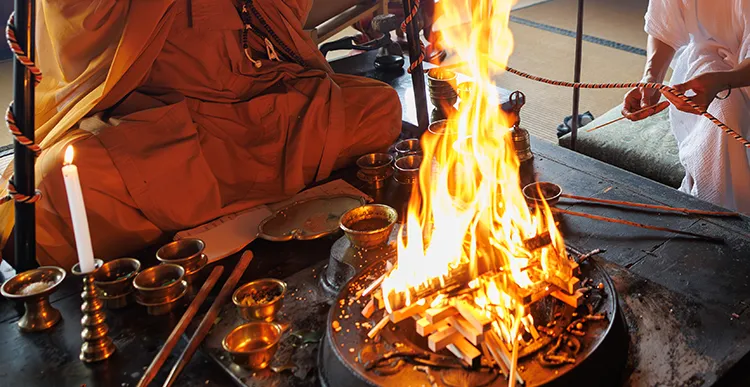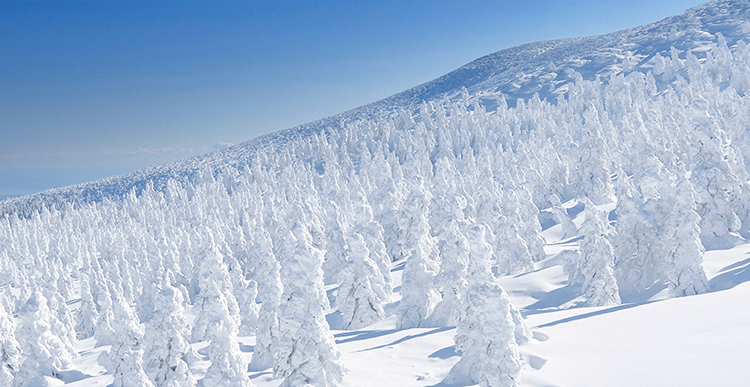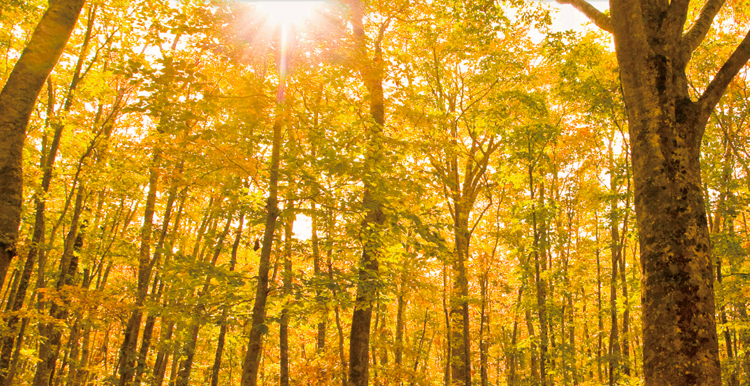Profile
Priest of Tokuko-ji Temple, Myoshin-ji School of Rinzai Zen. Born in December 1971. Graduated from the Department of Buddhist Studies, Hanazono University, and studied under Rōshi Tansetsu Nishikata at the specialized training hall of Enbuku-ji Temple in Yawata. Later, he moved with Rōshi Nishikata to the specialized training hall of Kaisei-ji Temple in Nishinomiya, and then to Myoshin-ji Temple when Rōshi Nishikata became the chief priest of the Myoshin-ji School. After Rōshi Nishikata’s passing, he returned to his own temple and began guiding many people in their Zen practice, serving as a daily teacher at the Kyoto International Zen Dojo and conducting zazen classes at various cultural centers.
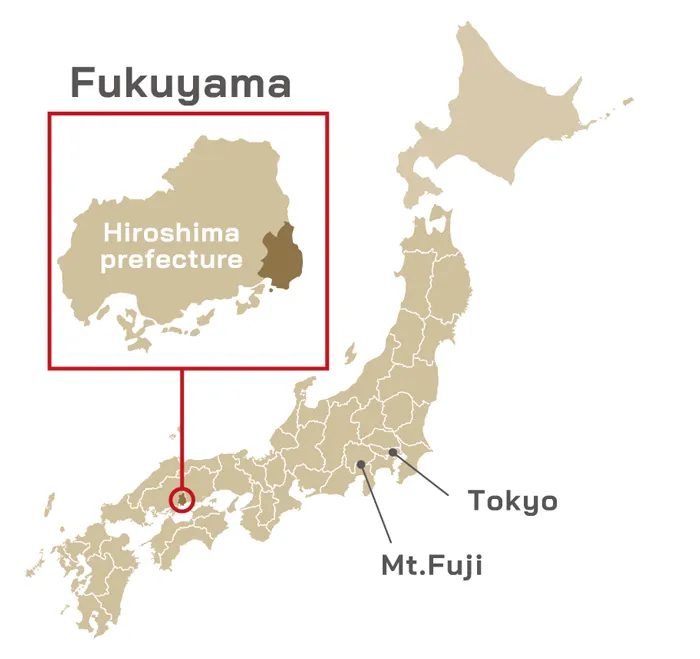
Numagari-cho, Fukuyama City, Hiroshima Prefecture, boasts a long history dating back to the Genpei War. In the Meiji period, small villages merged to form Yamanami and Sennen villages. In the Showa period, these two villages were further consolidated to create the former Numagari-cho. Yamanami was a mountainous village, while Sennen was a seaside village, making Numagari-cho a town rich in nature, with a blend of lush mountains and the salty breeze of the sea. It is also located near popular tourist destinations such as Tomonoura and Onomichi, allowing visitors to experience the history of the Seto Inland Sea. Today, Numagari-cho is a thriving town with a major shipbuilding company and marinas, offering a modern resort atmosphere.
-Recommendation-
Shinshoji Temple is a unique temple that doubles as an art museum, offering visitors the rare opportunity to engage in Zen training. As you pass through the temple gate, you’ll be greeted by a magnificent garden, providing a serene environment to experience Zen. Many of the temple buildings are designed in the Zen style and have been relocated from major Zen temples such as Kencho-ji and Yongen-ji, allowing visitors to feel the essence of Zen through the architecture. Additionally, the temple permanently exhibits calligraphy by Hakuin Ekaku, considered the reviver of the Rinzai sect, providing a glimpse into Zen’s rich history. Furthermore, visitors can enjoy special udon noodles and matcha tea in a tea room, just like in a dedicated training hall, allowing for a multisensory Zen experience.
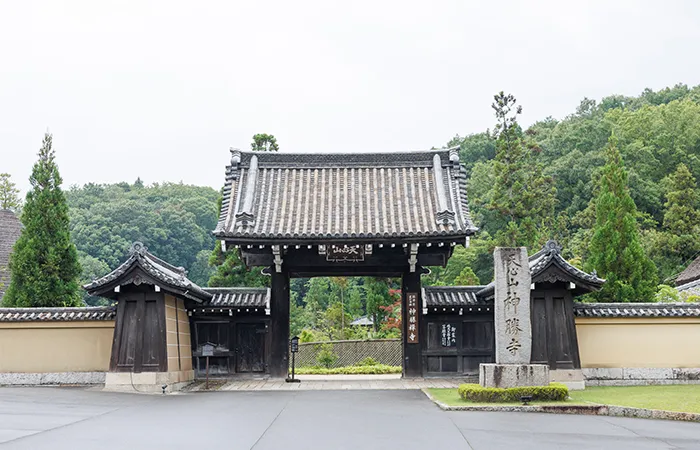
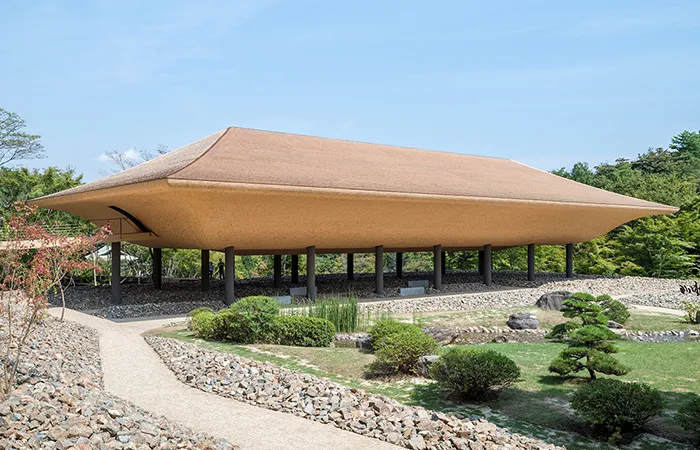
-Message-
Zen Buddhism, originating from the teachings of Shakyamuni Buddha in India, was introduced to China by Bodhidharma and flourished during the Tang Dynasty. Many Zen teachings were subsequently brought to Japan during the Kamakura period. It is truly a pleasure to see that many people visit Shinshoji Temple in Numagari-cho to learn the teachings transmitted through India, China, and Japan. Zen is a practice-oriented teaching. As the saying goes, “Transcending words, transmitted beyond scriptures,” Zen cannot be fully understood simply by reading texts. I hope you will visit Shinshoji Temple and experience Zen through Zazen and other practices, and find greater peace and fulfillment in your daily life.
